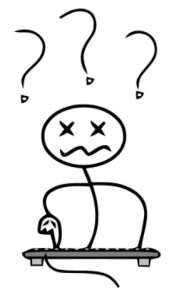The YouTube doubler was my experiment for this sketch. Peter had an idea of using this tool to allow viewers to participate in their own narrative. So by using the non-narrative with conversation video, I thought it would be an interesting test on changing the audio back and forth. Participants are allowed to use other videos to incorporate the sound they deem fitting. I have edited a sketch of extra audio conversations just to test out the YouTube Doubler. I have even noted down the timings for each sentence so it would be easier for viewers to click on it.
At the end of the test, I found it quite hilarious as well as the multiple ways I rearranged my conversation with my friend. This interaction on YouTube videos seems to bring more creativity to the table.




